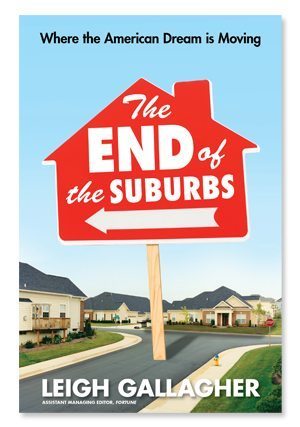 Everyone knows we have a changing demographic: aging Boomers, unemployed Generation Y/Millennials, and the much smaller-in-size Generation X sandwiched between elder care and child care (often both at the same time). But how is this affecting real estate? Pretty drastically. Recently, commercial real estate bloggers have been writing a lot about how younger generations will affect the actual sales process, including rants about how technology and demographics are changing the industry. I’ve even written on how mobile technology is a factor.
Everyone knows we have a changing demographic: aging Boomers, unemployed Generation Y/Millennials, and the much smaller-in-size Generation X sandwiched between elder care and child care (often both at the same time). But how is this affecting real estate? Pretty drastically. Recently, commercial real estate bloggers have been writing a lot about how younger generations will affect the actual sales process, including rants about how technology and demographics are changing the industry. I’ve even written on how mobile technology is a factor.
Yet, these are only tips of the same iceberg; at least according to the new book by Leigh Gallagher, The End of the Suburbs: Where the American Dream is Moving. How Americans live and where they live will greatly affect commercial real estate in the next few decades. In The End of the Suburbs, Gallagher gathers some of the most recent statistics and studies on the changing residential landscape. Here are just a few items to ponder.
- Due to the employment situation, one out of three Millennials are living at home through their late 20s. This means they are not getting married, buying new cars, or having kids in their 20s: all basic life steps that lead to purchasing homes in suburbia sooner rather than later.
- What’s attractive to Millennials – when they can finally afford to move out – is to get out of suburbia and into cities, or suburban settings that mimic what cities have to offer: shopping, entertainment and restaurants, all within walking distance or on public transportation.
- Millennials are a generation unenthused about life in a car. After being chauffeured everywhere their whole life, many are not looking for a future with a 2-car garage, let alone a 3-car one.
- In the most recent recession, Detroit notwithstanding, suburban properties lost 40% of their value, whereas urban properties lost only 20%. This is a reversal of earlier real estate bubbles.
- There is a trend towards “New Urbanism” and classic town centers where there are sidewalks, front porches and apartments mixed in with single-family homes and commercial enterprises. What’s falling out of favor is the large sprawling suburb where the schools, stores, play dates, and community resources are all at least a 20-minute drive away.
- Towns that received Federal and/or State funding 20 years ago to put in far-reaching town services like water, sewer and roads to expand further and further out, do not get funding for their upkeep. Without commercial enterprises in town, they can’t support it with the tax base.
- People are starting to factor in the price of gas to the far-reaching suburbs, leading to further discounting of prices to accommodate.
- The big mystery is what will the aging Boomers do. Will they stay in their homes? Buy into assisted living in their suburb? Head South or to a more urban setting? Will they be able to even find buyers for their homes if they do decide to leave?
If those are the trends and things to watch in residential real estate, what does that mean for commercial real estate? Perhaps that’s something to think about on your next commute home to the ‘burbs.
Diane K. Danielson is the Chief Platform Officer of Sperry Van Ness International Corporation.
*All Sperry Van Ness® offices are independently owned and operated.
